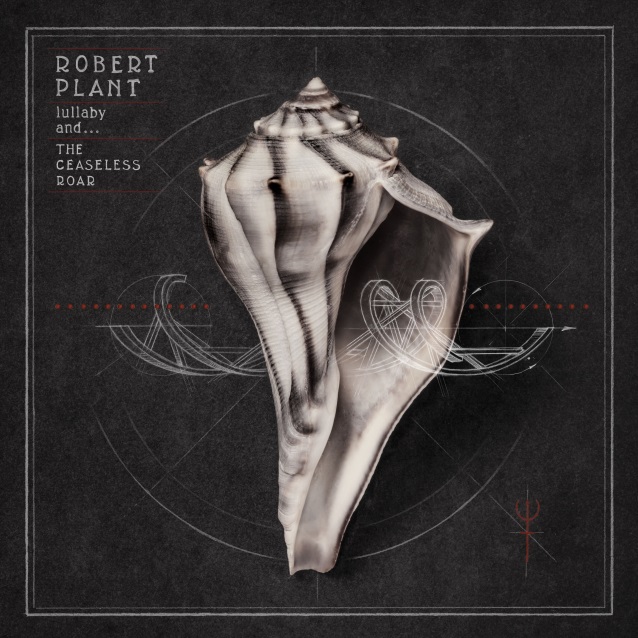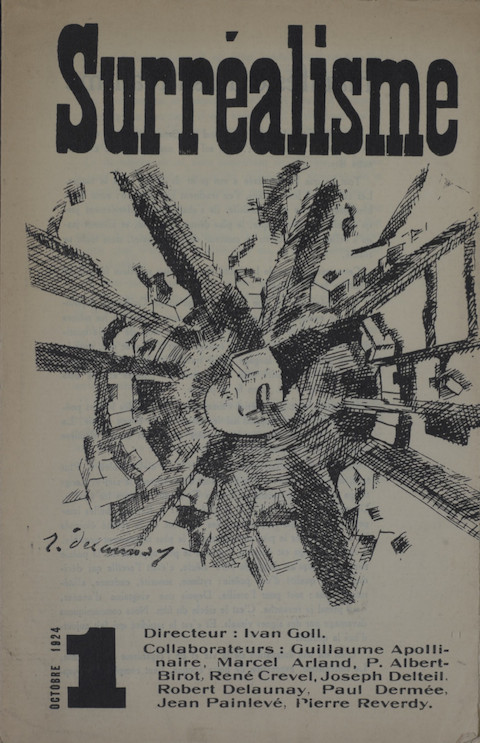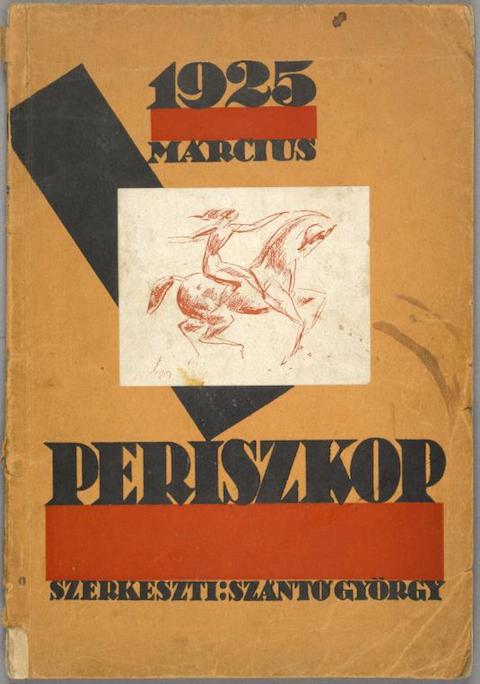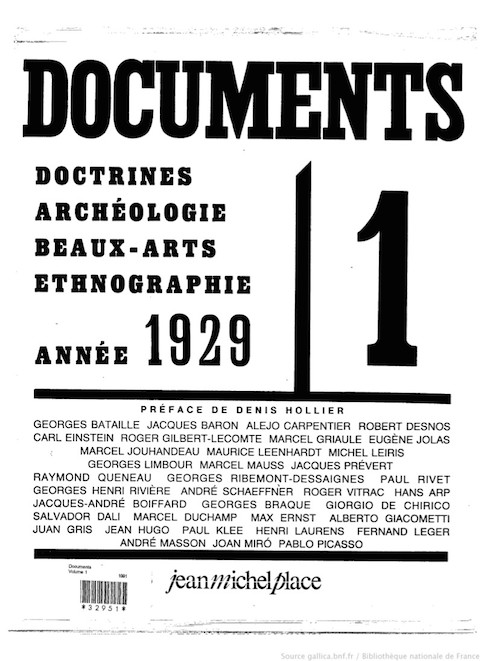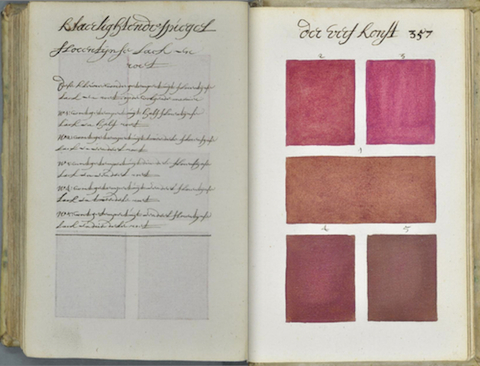To some directors, the music heard in their films seems as (or more) important than the images seen or the dialogue spoken. Maybe you’d make that case about Jim Jarmusch after reading — or, more to the point, hearing — our post on the music in his movies. And surely many Quentin Tarantino fans would regard a Reservoir Dogs without “Stuck in the Middle with You” or a Pulp Fiction without “Misirlou” as not Reservoir Dogs or Pulp Fiction at all. In the booklet that comes with The Tarantino Connection, a collection of soundtrack songs from Tarantino’s movies, Tarantino describes his perhaps unsurprisingly musically-inspired method of film conception as follows: “One of the things I do when I am starting a movie, when I’m writing a movie or when I have an idea for a film is, I go through my record collection and just start playing songs, trying to find the personality of the movie, find the spirit of the movie. Then, ‘boom,’ eventually I’ll hit one, two or three songs, or one song in particular, ‘Oh, this will be a great opening credit song.’ ” Hence his use of Dick Dale, the “King of Surf Guitar,” for the opening credits of Pulp Fiction.
“Having ‘Misirlou’ as your opening credits is just so intense,” writes Tarantino. “It just says, ‘You are watching an epic, you are watching this big old movie just sit back.’ It’s so loud and blearing at you, a gauntlet is thrown down that the movie has to live up to.’ ” He goes on to describe the taking of songs and arranging them in a certain sequence in a movie as “just about as cinematic a thing as you can do. You are really doing what movies do better than any other art form; it really works in this visceral, emotional, cinematic way that’s just really special.” And did he already know, as he set Reservoir Dogs’ un-unseeable ear-slicing scene to that mellow, then twenty-year-old hit from Stealers Wheel, that “when you do it right and you hit it right then the effect is you can never really hear this song again without thinking about that image from the movie”? Certainly his use of Bobby Womack’s “Across 110th Street” has fused the song with Jackie Brown and not the eponymous 1972 picture for which Womack originally wrote it. And who has Kill Bill and doesn’t associate it with Nancy Sinatra’s version of “Bang Bang (My Baby Shot Me Down)”? “I don’t know if Gerry Rafferty [a member of Stealers Wheel] necessarily appreciated the connotations that I brought to ‘Stuck in the Middle with You,’ ” Tarantino adds. “There is a good chance he didn’t.” But when it comes to understanding a song’s cinematic potential, Tarantino has long since proven he knows what he’s doing.
Across 110th Street
Bang Bang (My Baby Shot Me Down)
via That Eric Alper
Related Content:
Quentin Tarantino Lists His Favorite Records: Bob Dylan, Freda Payne, Phil Ochs and More
The Power of Food in Quentin Tarantino’s Films
Jim Jarmusch: The Art of the Music in His Films
Colin Marshall hosts and produces Notebook on Cities and Culture and writes essays on cities, language, Asia, and men’s style. He’s at work on a book about Los Angeles, A Los Angeles Primer. Follow him on Twitter at @colinmarshall or on Facebook.
